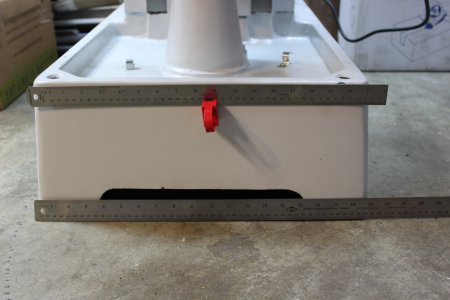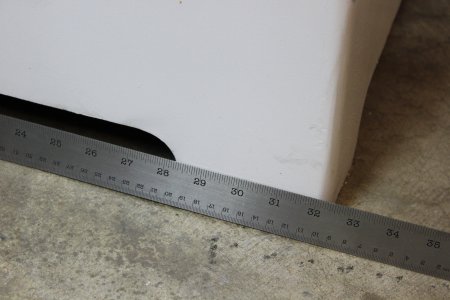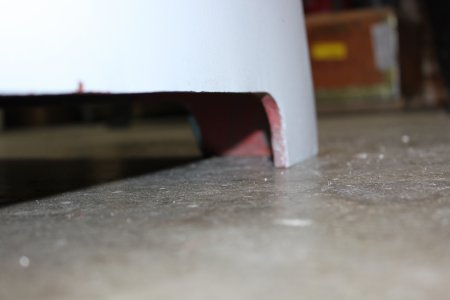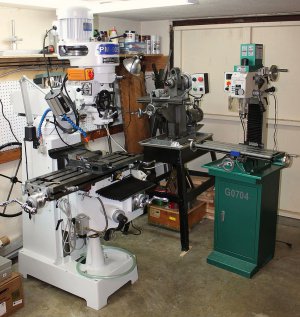I have been looking at mills for several months and decided to go with this one based on feedback from this board both on the machine and Matt. Now for the long wait and preparations. I still need to get Matt to add a few options before the mill is finally shipped to me. This leads to a few questions:
1. I was thinking of going with the PM-45PDF for the longest time before deciding to go with the 935. Did anyone look at or go with the 935 z axis power feed? Also, I noted a "Power Feed on Quill, 3 Steps". What exactly is that compared to the z axis power feed?
2. A mobile base is a must for me. I plan on using Mason MLS-1000 levelers and Albion 2" casters (purchased a month ago). Both are rated at 1000lbs. I am now designing the base and curious how close the mill base mounting holes are to the edges? I am planning to use angle iron to support the mill and need to figure out how wide it needs to be in order to make use of the mounting bolts. I am assuming the casting is hollow on the bottom and only needs edge support. Correct assumption?
3. Lifting?? My original plan was to use a 2 ton HF engine lift. The mobile base will pretty much rule this out due to clearance issues with the legs. It looks like it will be off to the rental yard across the bay that has gantry cranes with 3000lbs ratings. It seems like this may be my only option. What have others done?
1. I was thinking of going with the PM-45PDF for the longest time before deciding to go with the 935. Did anyone look at or go with the 935 z axis power feed? Also, I noted a "Power Feed on Quill, 3 Steps". What exactly is that compared to the z axis power feed?
2. A mobile base is a must for me. I plan on using Mason MLS-1000 levelers and Albion 2" casters (purchased a month ago). Both are rated at 1000lbs. I am now designing the base and curious how close the mill base mounting holes are to the edges? I am planning to use angle iron to support the mill and need to figure out how wide it needs to be in order to make use of the mounting bolts. I am assuming the casting is hollow on the bottom and only needs edge support. Correct assumption?
3. Lifting?? My original plan was to use a 2 ton HF engine lift. The mobile base will pretty much rule this out due to clearance issues with the legs. It looks like it will be off to the rental yard across the bay that has gantry cranes with 3000lbs ratings. It seems like this may be my only option. What have others done?





